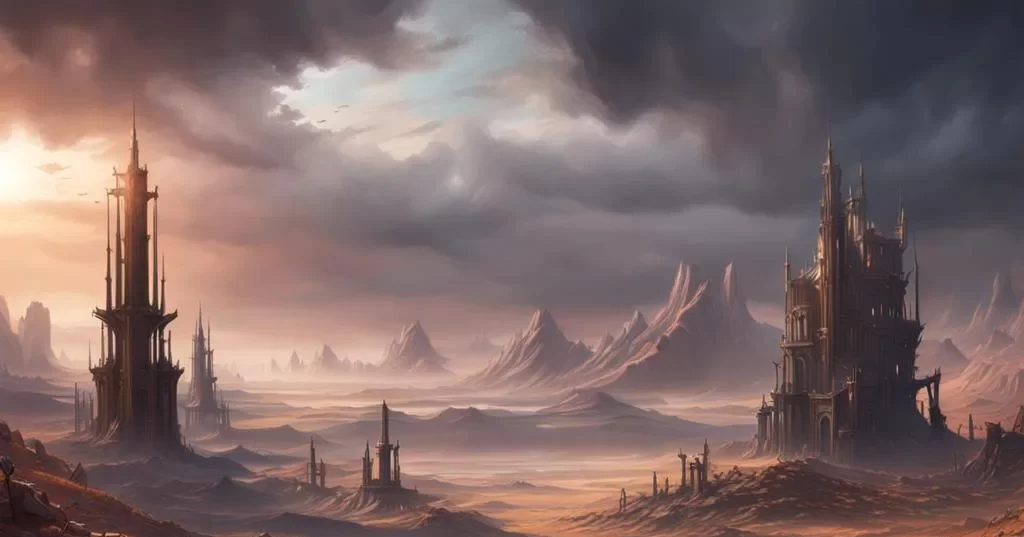In the evolving landscape of video game design, the conversation around the balance between realism and creativity has become a focal point of discussion within the gaming community. This debate taps into the heart of what makes games immersive and captivating. On one hand, we have the push for hyper-realistic graphics that strive to mirror the real world with astounding accuracy. On the other, artistic styles present a canvas for creativity, offering a departure from reality that can imbue games with a unique soul and vibrancy.
The Debate on Realism and Creativity
The question of whether gaming’s future lies in hyper-realistic graphics or in artistic, stylized worlds is not merely technical; it’s deeply philosophical. It touches on what we seek in games—do we play merely to mimic real-life experiences, or do we dive into gaming realms for escape, for experiencing worlds beyond our imagination? FromSoftware’s approach, particularly with games like Elden Ring, exemplifies a unique blend of realism and fantasy. Their worlds are grounded yet fantastical, a testament to the power of balancing these elements.
Nintendo, another titan in the industry, has long championed artistic landscapes. Their success with visually stunning games is not by happenstance. It’s a deliberate choice that underscores the appeal of artistic landscapes in gaming. These landscapes do more than just serve as backdrops; they shape the narrative, mood, and overall experience. They invite players into worlds where the impossible feels tangible.
The evolving perceptions of realism in video game design signal a shift in how we understand and appreciate games. StardustJess’s praise for From Software’s artful blending of graphics and fantasy elements brings to light the stark contrast against the cartoony look of games like BOTW. This contrast is not a matter of superiority but of diversity in artistic vision. It highlights the breadth of creativity that the gaming world harbors, offering a spectrum of experiences that can cater to a wide array of player preferences.
Yet, voices like Antuzzz and Bicone question the advocacy for more artistic landscapes, sparking a healthy debate within the community. They challenge us to think deeply about who calls for these changes and why. Meanwhile, GooseSl4yer2003’s commendation of Nintendo’s art styles in their first-party Switch games injects another perspective into the conversation, suggesting that artistic landscapes can, and do, surpass many modern games in visual appeal.
This debate is not confined to gamer forums or casual discussions; it’s part of a larger philosophical debate on the creative qualia of electronic structured play. The concept of video games as a form of art has been a contested topic, with the Supreme Court of the United States granting video games legal protection as creative works. Yet, the essence of this debate goes beyond legalities to probe the heart of what we consider art and how video games fit into this realm.

The Evolution of Video Games as Art
In considering the history of video games and art, we see a trajectory that began with skepticism and has moved toward acceptance and celebration of video games as a legitimate form of artistic expression. Early museum exhibitions and the discussions at conferences like the 2010 Art History of Games have paved the way for a broader understanding and appreciation of video games in the cultural and artistic landscape.
The French Minister of Culture’s characterization of video games as “a form of artistic expression” and the expanded grant categories by the United States National Endowment for the Arts to include interactive games further cement the recognition of video games as an art form. This shift in perception is crucial, for it opens up new avenues for exploration and appreciation within the gaming industry and among its audience.
As technology advances, the call for a perfect balance between realism and creativity in video game design becomes louder and more complex. The gaming community’s division on this issue reflects a broader philosophical and aesthetic debate about the nature of art and entertainment. Regardless of where one stands in this debate, the conversation itself is a testament to the evolving and dynamic nature of video games as a medium for artistic expression. The push for more artistic landscapes in big games is not just about eschewing realism; it’s about embracing the full spectrum of creativity that games can offer, creating immersive and imaginative experiences that resonate with players around the world.
Related posts:
Gaming News: Redefining Realism in Video Game Landscapes
Video games as an art form
Horizons Already Here: Video Games and Landscape





